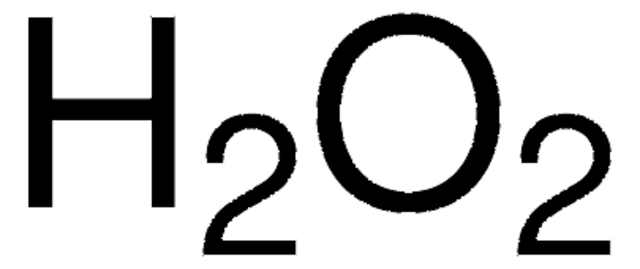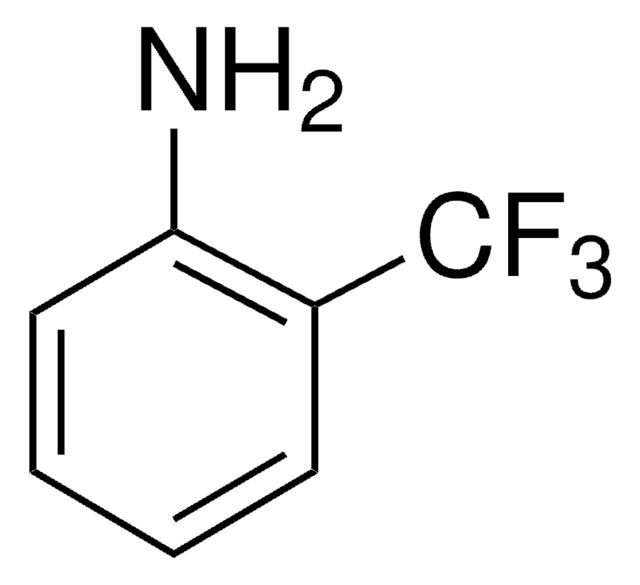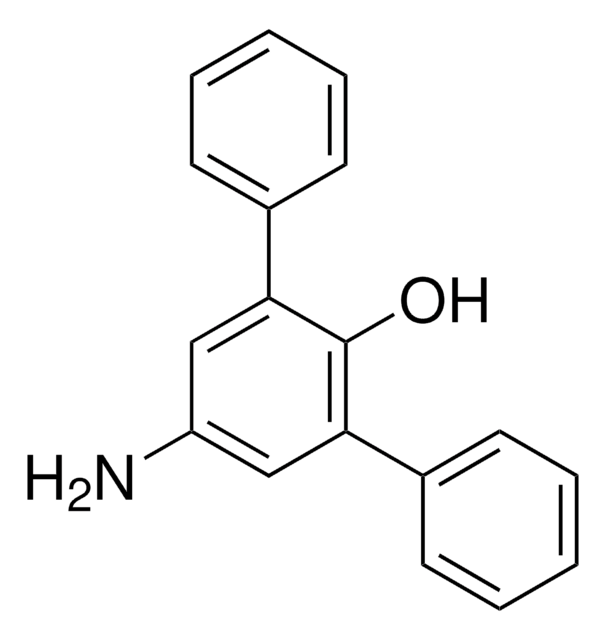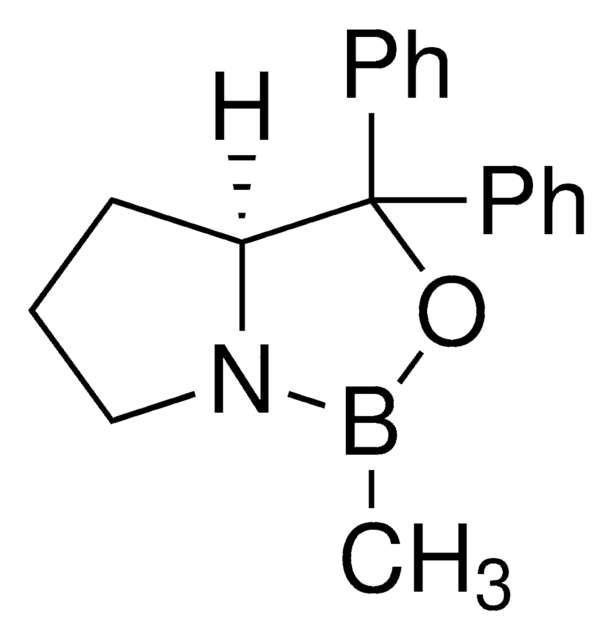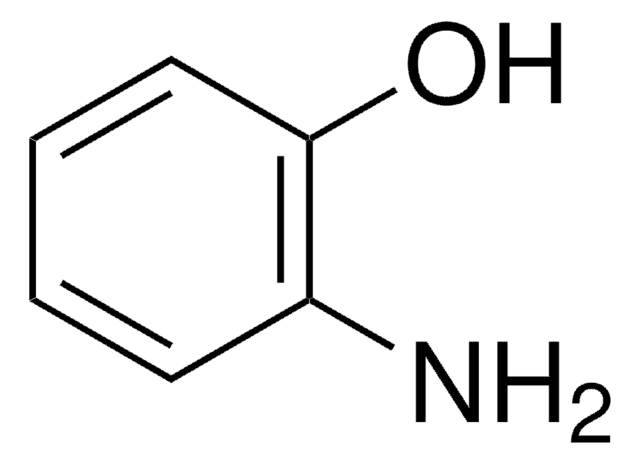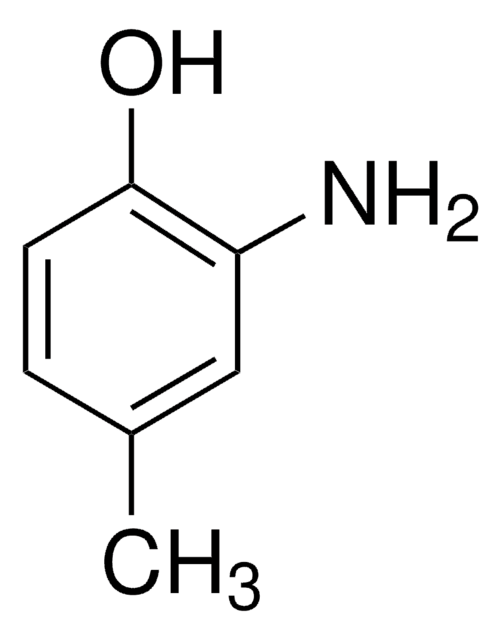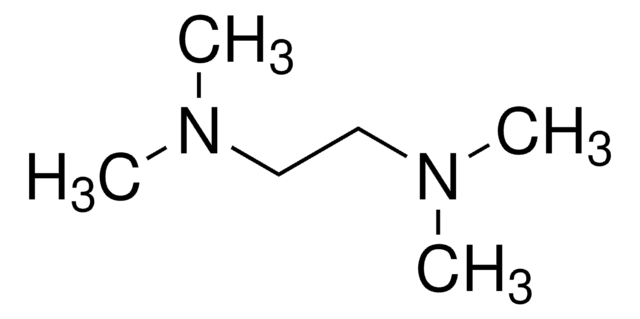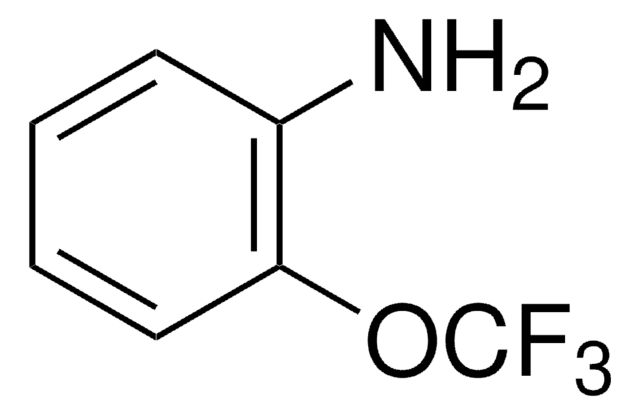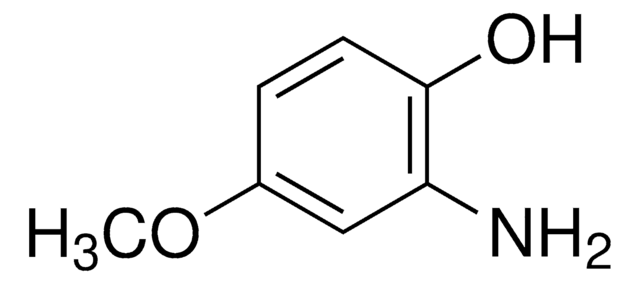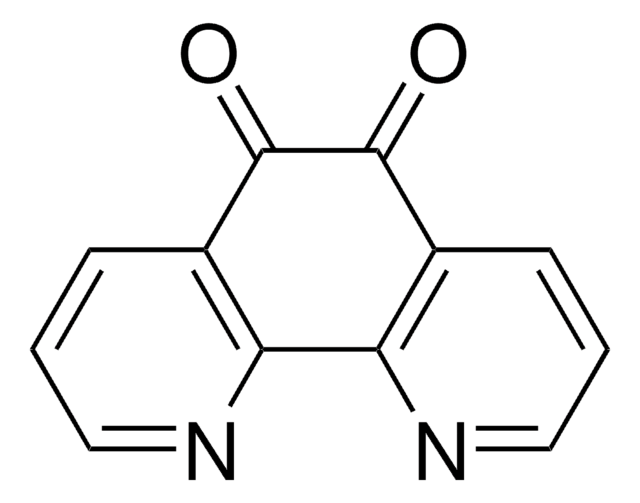All Photos(3)
Synonym(s):
4-Nitro-2,6-xylenol
Linear Formula:
O2NC6H2(CH3)2OH
CAS Number:
Molecular Weight:
167.16
Beilstein:
1873275
EC Number:
MDL number:
UNSPSC Code:
12352100
PubChem Substance ID:
NACRES:
NA.22
Recommended Products
Assay
98%
mp
168 °C (dec.) (lit.)
SMILES string
Cc1cc(cc(C)c1O)[N+]([O-])=O
InChI
1S/C8H9NO3/c1-5-3-7(9(11)12)4-6(2)8(5)10/h3-4,10H,1-2H3
InChI key
FNORUNUDZNWQFF-UHFFFAOYSA-N
Looking for similar products? Visit Product Comparison Guide
Application
2,6-Dimethyl-4-nitrophenol was used to study the disposition requirement for binding of p-nitrophenol and sodium p-nitrophenolate like substrates with cyclohexaamylaose. It was used as internal standard in determination of 4-nitrophenol and 3-methyl-4-nitrophenol in human urine by liquid chromatography combined with tandem mass spectrometry .
WGK
WGK 3
Flash Point(F)
Not applicable
Flash Point(C)
Not applicable
Personal Protective Equipment
dust mask type N95 (US), Eyeshields, Gloves
Certificates of Analysis (COA)
Search for Certificates of Analysis (COA) by entering the products Lot/Batch Number. Lot and Batch Numbers can be found on a product’s label following the words ‘Lot’ or ‘Batch’.
Already Own This Product?
Find documentation for the products that you have recently purchased in the Document Library.
Juan V Sancho et al.
Rapid communications in mass spectrometry : RCM, 16(7), 639-645 (2002-03-29)
The potential of liquid chromatography combined with tandem mass spectrometry (LC/MS/MS) for the determination of pesticide metabolites in human urine at the sub-ppb level is explored. Metabolites from two organophosphorous pesticides, 4-nitrophenol (from parathion and parathion-methyl) and 3-methyl-4-nitrophenol (from fenitrothion)
Disposition requirements for binding in aqueous solution of polar substrates in the cyclohexaamylose cavity.
Bergeron RJ, et al.
Journal of the American Chemical Society, 99(15), 5146-5151 (1977)
Tomohiro Ito et al.
Environmental science and pollution research international, 26(22), 22747-22755 (2019-06-07)
Secondary organic aerosol (SOA) is a component of airborne particulate matter in urban areas. However, their toxicities remain incompletely understood. In this study, we investigated the oxidative and inflammatory potency of SOA derived from three different volatile organic compounds (α-pinene
Our team of scientists has experience in all areas of research including Life Science, Material Science, Chemical Synthesis, Chromatography, Analytical and many others.
Contact Technical Service